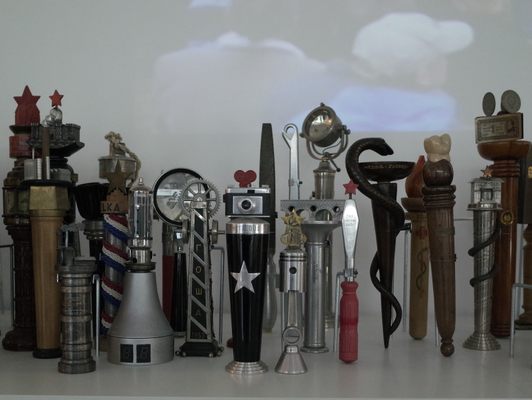About
After World War I, Southern Slavs finally united in a new country, an idea that originally emerged during the 17th-century.
The Kingdom of Serbs, Croats, and Slovenes were founded in 1918, but was renamed Yugoslavia in 1929. It lasted until 1991 when it split into six new republics: Serbia, Montenegro, North Macedonia, Bosnia & Herzegovina, Croatia, and Slovenia. Even today, there are many people in these six countries that would love to have the old Yugoslavia back. There's even a term for this psychological and cultural phenomenon, Yugo-nostalgia.
The largest institution that represents this idea is Belgrade's Museum of Yugoslavia, established in 1962. It later became known as Josip Broz Tito Memorial Centre, then the Museum of History of Yugoslavia, and finally the Museum of Yugoslavia in 2016.
Tito, the president of Yugoslavia from 1953 until his death in 1980 and his wife Jovanka are buried in House of Flowers, which is part of the museum. The permanent exhibition displays their life and Yugoslavians throughout the 20th- century.
The entire museum complex is composed of three buildings and is set in a 3.2-hectare park. It's known as the most visited museum in Serbia with 120,000 visitors annually.
Related Tags
Know Before You Go
Open Tuesday – Sunday from 10 a.m. to 6 p.m. Adult tickets are 600 RSD, student tickets are 300 RSD, and children under the age of 10 entrance is free.
Balkans Road Trip: Serbia, Croatia & Bosnia and Herzegovina
Traverse the beauty and history of the Balkans through locals' stories.
Book NowCommunity Contributors
Added By
Published
August 19, 2020
































































